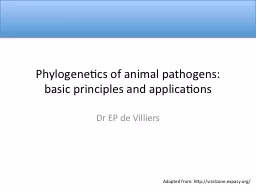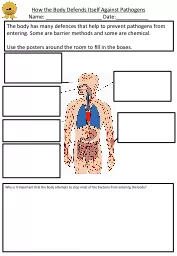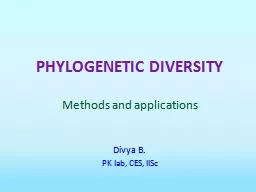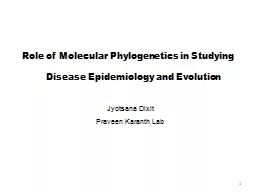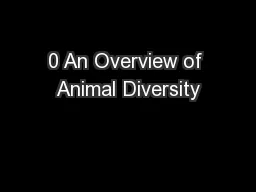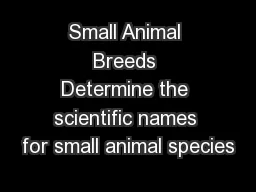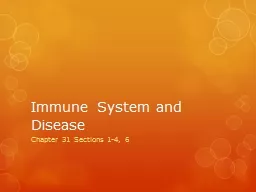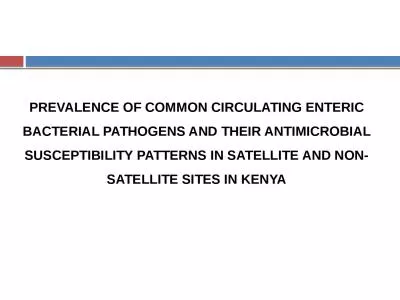PPT-Phylogenetics of animal pathogens: basic principles and applications
Author : SweetMelody | Published Date : 2022-07-28
Dr EP de Villiers Adapted from http viralzoneexpasyorg Tree basics The Concept of Phylogenetic Tree Trees Capture Major Events in a Species Existence A tree
Presentation Embed Code
Download Presentation
Download Presentation The PPT/PDF document "Phylogenetics of animal pathogens: basi..." is the property of its rightful owner. Permission is granted to download and print the materials on this website for personal, non-commercial use only, and to display it on your personal computer provided you do not modify the materials and that you retain all copyright notices contained in the materials. By downloading content from our website, you accept the terms of this agreement.
Phylogenetics of animal pathogens: basic principles and applications: Transcript
Download Rules Of Document
"Phylogenetics of animal pathogens: basic principles and applications"The content belongs to its owner. You may download and print it for personal use, without modification, and keep all copyright notices. By downloading, you agree to these terms.
Related Documents

